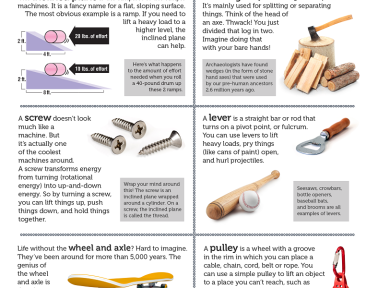Making a strong, positive connection with each child is a fundamental part of preparing for a great new year. When children know first that they are loved by you, it is much easier for them to learn from you! Building that kind of relationship takes time, but a positive first meeting is a huge step in the right direction! Here are some ideas for your child orientation meeting.
- Invitation. Start off by sending an invitation for their meeting with you. Children love to get things in the mail, but if the budget’s too tight, send each personal invitation home with a parent after the parent meeting. Make the invitations colorful, and make sure the child’s name is on it! This makes them feel personally wanted, and gets them excited to come. (As a bonus, it also helps to remind the parents!)
- Individual. It is much easier to give each child the attention he or she needs if you don’t meet your entire class all at once. You may choose to have your class come in small groups on different days during the first week, or organize individual meetings that last 1/2 hour or so. This will all depend on your class size and your timetable.
- Introduction. Introduce yourself, your room, and your schedule. Formally introduce yourself to each child and welcome each one using their names. Introduce them to other children as well, if you are doing multiple orientations at once. Walk them through the procedures for starting the day. Do they have cubbies? Where should they put their bags? Do they need to sign in? Then walk them around the room, pointing out the restrooms, and the learning centers, inviting them to join in if they’d like. Walk them through an abbreviated version of your daily schedule. Also, on the topic of introduction, at registration, I like to have parents fill out a form that gives opportunities for them to tell you about their children- their personalities, interests, allergies, fears, and strengths.
- Initiate. Begin using any transition cues you will be using. If you play a song every time you want them to come to the circle, use it, and explain what it means. If you get the children’s attention by saying, “I need good listeners”, explain what that looks like. Start using the signals and routines you will use, explaining very clearly as you go along.
- Inform. Let parents know that this is the time to use their routines for arrival and departure. If children are having a hard time with separation, consistency is important. Additionally, if you do short 30 minute individual or small group orientations, it gives a shorter window of separation so that they can quickly see that their parents will return. If you keep anything consistent with your regular days, it should be the arrival and departure procedures. Children gain a lot of security when this is a consistent routine.
Enjoy getting to know your new little ones! Each is different and wonderful! Getting to know their individual temperaments and quirks will help you individualize their instruction and guidance. Equally important, is helping them get to know you and your program. When the children know what to expect, know they are wanted, and know they are safe and loved, they will thrive in preschool!
For more back to school ideas, click here!
Photo by boletin.
<!–
–>










